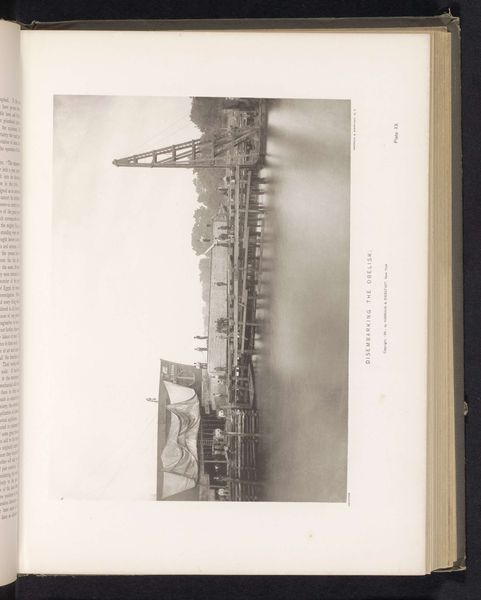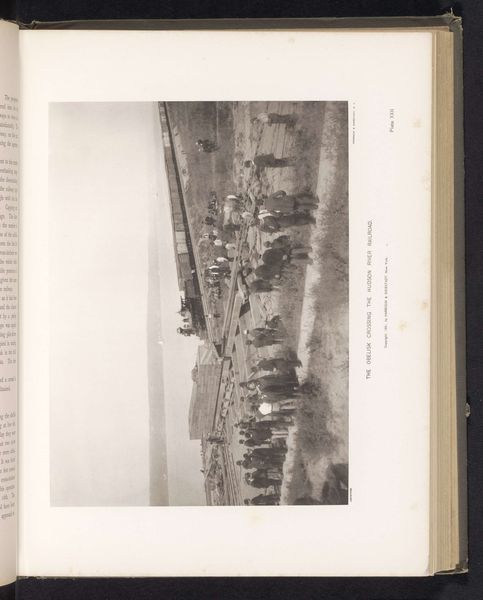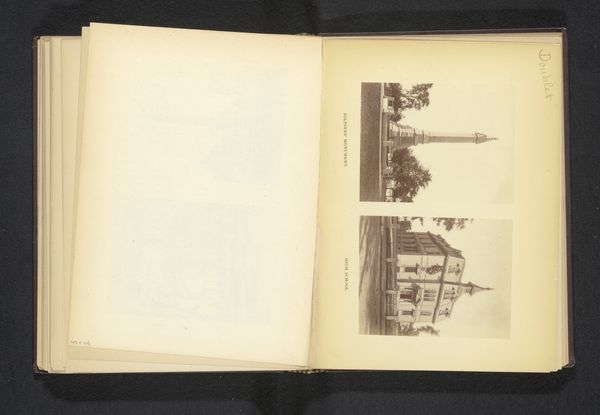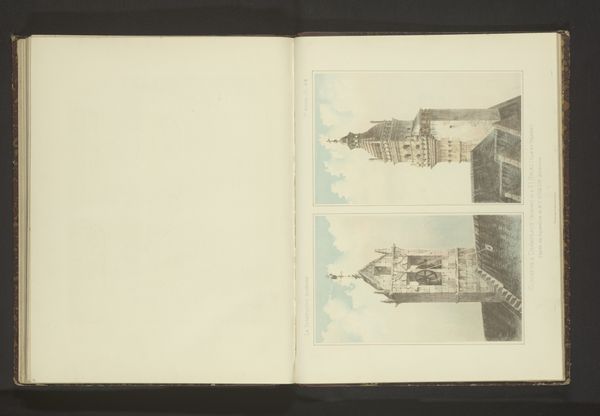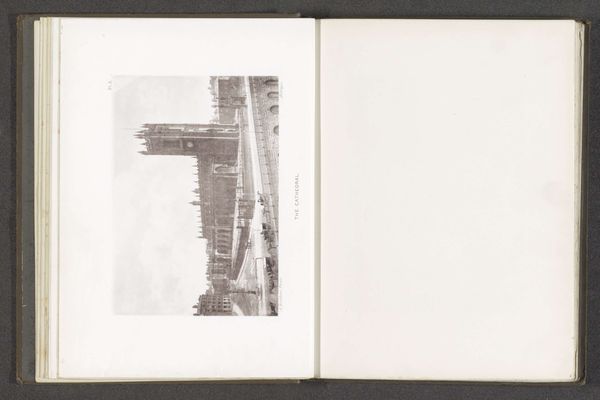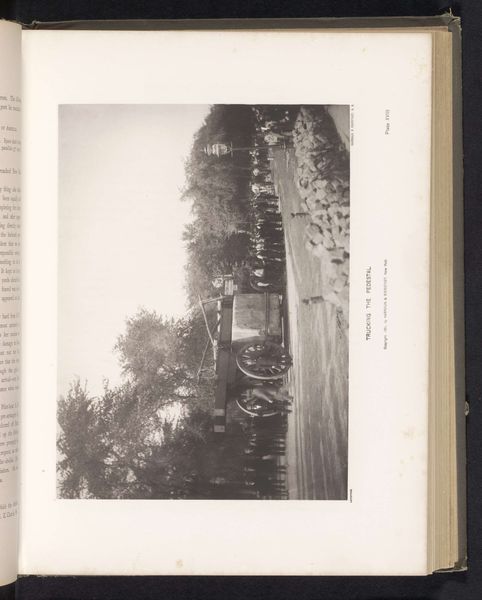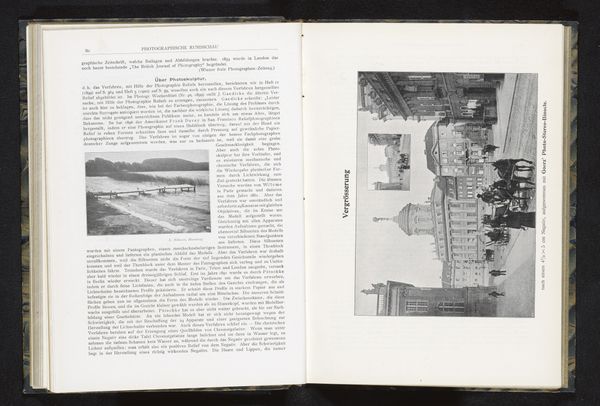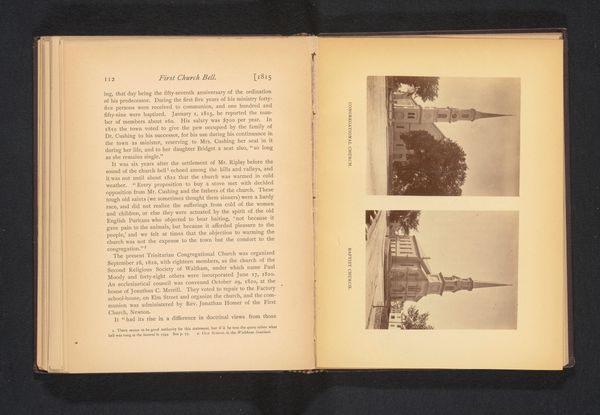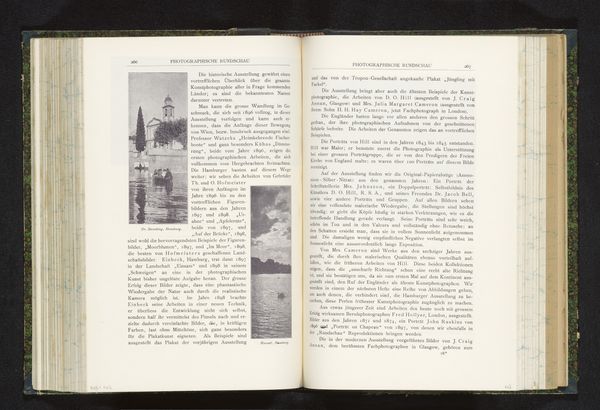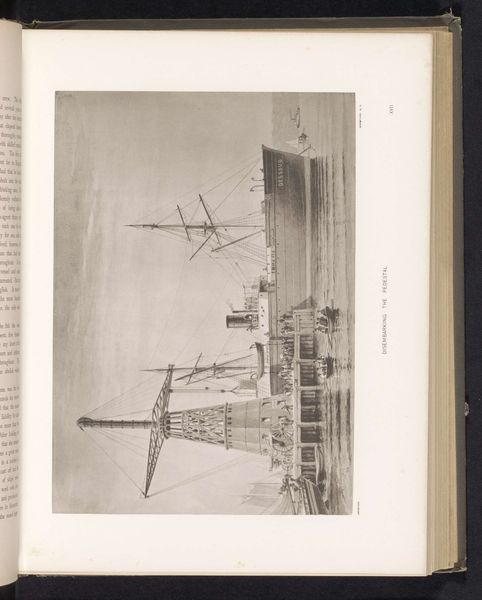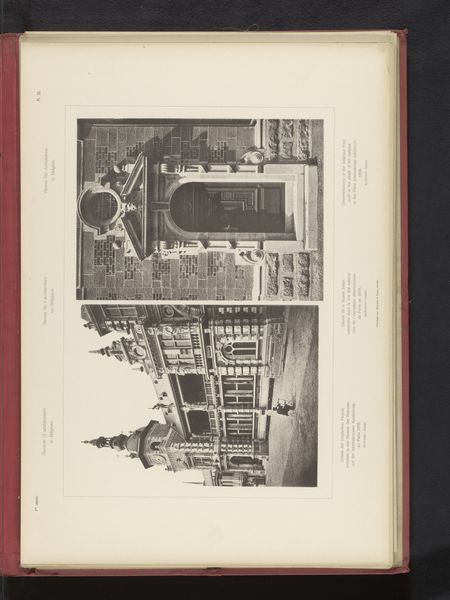![['The Constantinople obelisk', 'The Paris obelisk'] by Anonymous](/_next/image?url=https%3A%2F%2Fd2w8kbdekdi1gv.cloudfront.net%2FeyJidWNrZXQiOiAiYXJ0ZXJhLWltYWdlcy1idWNrZXQiLCAia2V5IjogImFydHdvcmtzLzA2N2IzODgxLTlkOWItNDgwOC04ZmE0LWRjZjA1YWFhNjk3ZS8wNjdiMzg4MS05ZDliLTQ4MDgtOGZhNC1kY2YwNWFhYTY5N2VfZnVsbC5qcGciLCAiZWRpdHMiOiB7InJlc2l6ZSI6IHsid2lkdGgiOiAxOTIwLCAiaGVpZ2h0IjogMTkyMCwgImZpdCI6ICJpbnNpZGUifX19&w=3840&q=75)
print, photography
# print
#
landscape
#
photography
#
ancient-mediterranean
#
column
#
cityscape
Dimensions: height 270 mm, width 352 mm
Copyright: Rijks Museum: Open Domain
Editor: This print, dating to around 1881, presents photographs of "The Constantinople Obelisk" and "The Paris Obelisk," by an anonymous artist. It is interesting how the artist has positioned them on the same page. What catches your attention about the way these two photographs are presented together? Curator: For me, it is the contrast between their settings and how the photograph itself documents not just the objects, but the urban fabric around them, reflecting the power structures inherent in acquiring and displaying these monuments. We must think about how the stones were moved, reshaped, and recontextualized, the labor that underpinned those processes, and whose stories are privileged through these displays. Look at the obelisk of Paris; what do you notice about the objects and structures surrounding it? Editor: Well, in the Paris image, the obelisk stands near ornate fountains and what looks like a grand building. Whereas in the Constantinople photograph, there are less defined and elegant architectures near the obelisk. Curator: Precisely. This is key. One monument is framed as an integral part of an opulent display of civic power. The other photograph shows an obelisk, presented simply. I wonder, how does the change of context change how we should view such objects? How were they constructed and placed where they stand, considering the vast resources involved? Editor: So, the contrast isn't just about aesthetics, but also about the economic and political motivations behind placing these ancient objects within different social landscapes? Curator: Absolutely. Consider also the material reality of photography itself: the paper, the chemicals, the printing process. The print becomes a commodity, documenting and reinforcing a particular historical narrative, even if unintentionally. And what about us, reproducing images of them to talk about the objects themselves? Editor: This makes me think about whose voices are being amplified through this artwork. The images become part of this ongoing discussion about value, labor, and historical context, all connected by materials and their movement. Curator: Exactly.
Comments
No comments
Be the first to comment and join the conversation on the ultimate creative platform.
